Tweak your back?
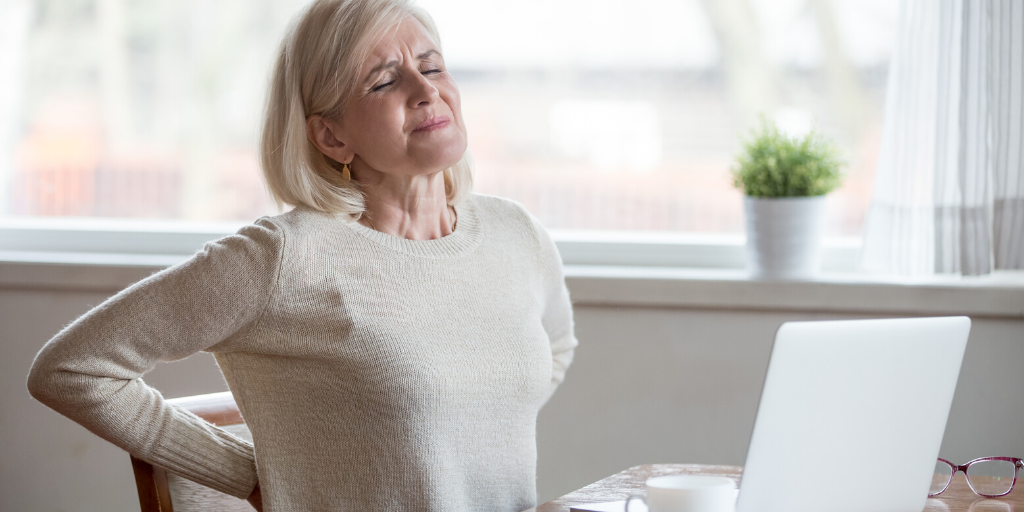
Have you been doing Pilates classes on a regular basis but still managed to tweak your back, or your hip, or another body part? You are not alone & there’s a few things you should know!
- This is normal! Even Pilates teachers have these moments in our life! It’s super unrealistic to think we would go through life and never have a time when we over use, over work and slightly injure something. Life happens and even the most seasoned professional athletes have injuries… I can promise you that your movement practice is making the experience better (less intense and you are more likely to recover quicker) than if you had not been practicing Pilates. Don’t quit moving… just adjust as you need until your body heals.
- Your movements in PILATES are not “hurting you” but most likely you could learn to move and engage better and it might help your body heal quicker and could help you prevent future injury. Learning about how your body moves and engages is a process that takes time and the willingness to explore how you can move better. My best suggestion is to take a private session. You might be surprised at what you learn in 1 private session that could change how you do your exercises in class. The fine tuning that can happen in a one on one session is really hard to get in any small group session… even with the most experienced teacher.
- The more you can look at an injury or pain as a gift.. a signal to slow down and pay attention to your movements the better your experience will be and the quicker you will recover. It’s easy to get frustrated when we get injured and feel like we are completely sidelined. Checking in with your mindset when it comes to injuries can completely change the outcome for your body and life in the long run! Start thinking of an injury as a great opportunity to learn more about what your body can do instead of a reason give up on movement time! For those people who take advantage of the time to explore ways that they can still safely move while their injuries heal, they usually walk away from the experience feeling empowered and stronger than ever.
Want to talk more about how you can use an injury as a positive in your life? Call or email us anytime…we would love to give you a fresh perspective!
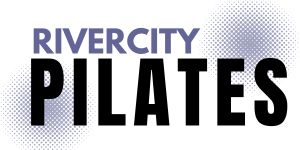
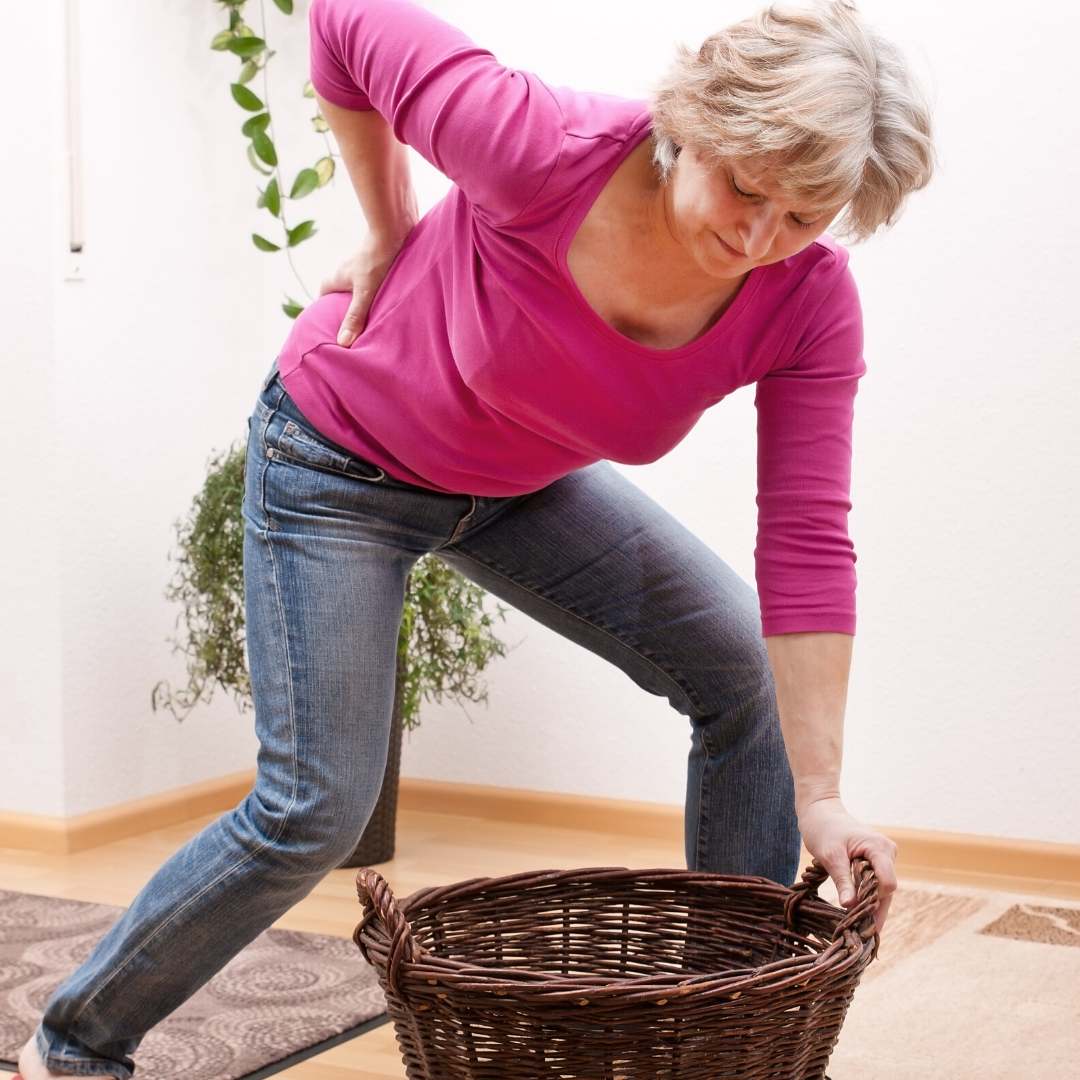
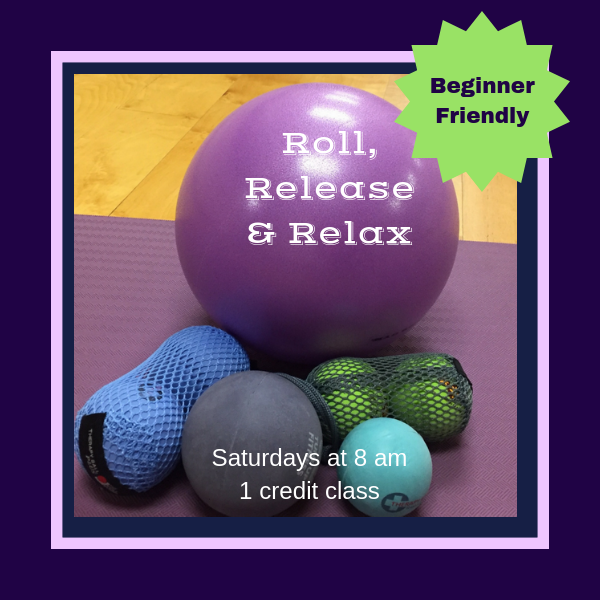
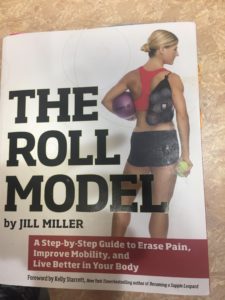 From reducing migraines, to reducing pain, to just plain feeling better, clients have been loving our Roll, Release and Relax class on Saturdays at 8 am. Many of the principles we employ in this class are described in the book, “The Role Model”, by Jill Miller. This class is appropriate for everyone from couch potatoes to runners and those who participate in regular fitness classes!
From reducing migraines, to reducing pain, to just plain feeling better, clients have been loving our Roll, Release and Relax class on Saturdays at 8 am. Many of the principles we employ in this class are described in the book, “The Role Model”, by Jill Miller. This class is appropriate for everyone from couch potatoes to runners and those who participate in regular fitness classes! 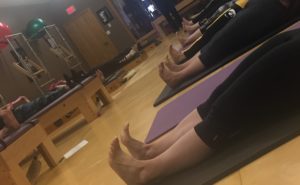 While this is definitely something everyone can do at home with the right tools, often we find ourselves rushing through the rolling sequence, or feeling guilty about taking time for self care when there is so much to do in our home. Many of our clients tell me, that rolling class on Saturdays is their favorite type of self care!
While this is definitely something everyone can do at home with the right tools, often we find ourselves rushing through the rolling sequence, or feeling guilty about taking time for self care when there is so much to do in our home. Many of our clients tell me, that rolling class on Saturdays is their favorite type of self care! 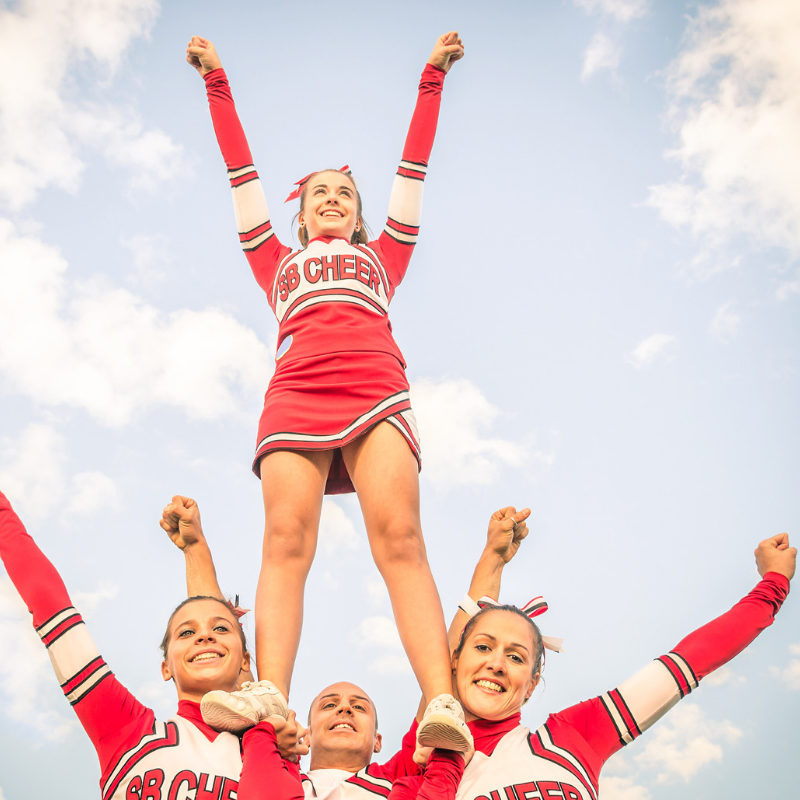
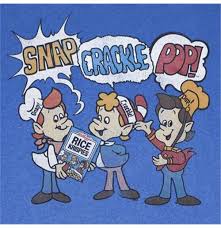
 Snap, crackle, pop….Does the sound of your body creep you out a little bit? Do you find that as you get older you start hearing more and more cracks and pops when you move? You are not alone and you are completely normal!! The sound you hear is caused by air bubbles in the synovial fluid – the liquid that surrounds and lubricates your joints – and by the snapping of tightly stretched ligaments as they slide off one bony surface onto another. When not accompanied by pain, noisy joints are harmless. (
Snap, crackle, pop….Does the sound of your body creep you out a little bit? Do you find that as you get older you start hearing more and more cracks and pops when you move? You are not alone and you are completely normal!! The sound you hear is caused by air bubbles in the synovial fluid – the liquid that surrounds and lubricates your joints – and by the snapping of tightly stretched ligaments as they slide off one bony surface onto another. When not accompanied by pain, noisy joints are harmless. (